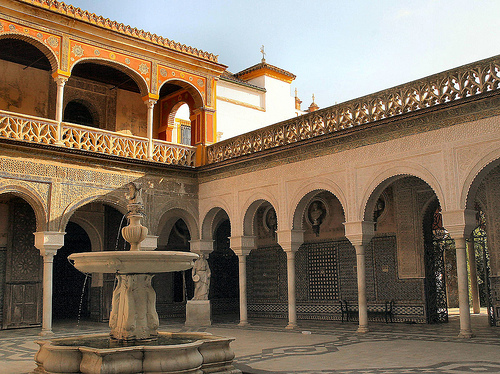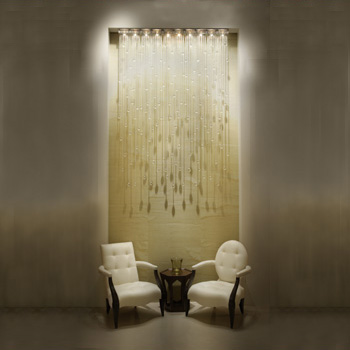This class exposed me to several tools and techniques I hadn't previously used to produce quick, attractive drawings of interior spaces. These inlude the use of micron fine line pens and fine point and ultra fine point Sharpie permanent markers to produce drafted drawings and free-hand sketches of one's interior design ideas. As someone used to using pencil and the ability to erase lines incorrectly drawn, I still find the use of ink as a medium somewhat intimidating. However, I enjoy the higher contrast it provides as well as the fluid lines it produces.
Another tool new to me was the use of Prismacolor markers to provide color to one's views of interiors. I was also surprised that even with 156 markers, I sometimes find myself searching for a hue that is not there.
Ink tracing of magazine photograph on cardstock
Tracing, pencil shading
Tracing, ink shading
Tracing highlighted with gray markers
Tracing colored in with Prismacolor markers
![]() One-point perspective of kitchen, Prismacolor markers, on trace paper
One-point perspective of kitchen, Prismacolor markers, on trace paper
Ink orthographic view of bedroom
Orthographic view of bedroom, ink colored in with markers on cardstock
Bedroom floor plan and elevations, ink and markers on cardstock






![[spain+24.jpg]](https://blogger.googleusercontent.com/img/b/R29vZ2xl/AVvXsEhzPayUXTckExVPq1QYNlHgoFlLHHGQyJqU_YkCxzvUuTNqAmgQey5t3YG-uyIkH4wRvFkrI3sK-RUGsq029ZJDS_RFcgJ7zV8blratXS1TiqQRZnGy5Mio_phClA3_CksR9YCH0-x8JpPn/s1600/spain+24.jpg)


